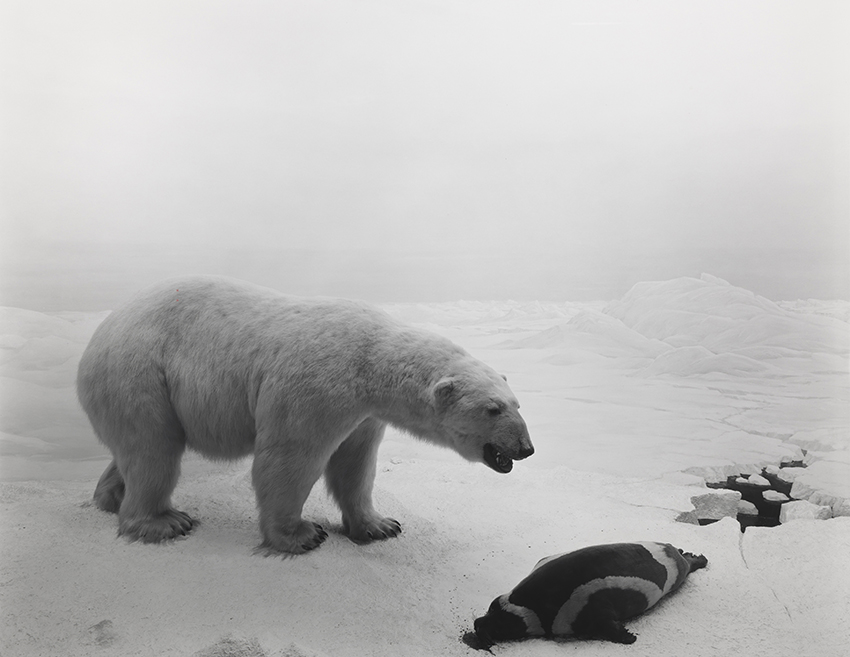ART CITIES:Tokyo-STARS Six Contemporary Artists
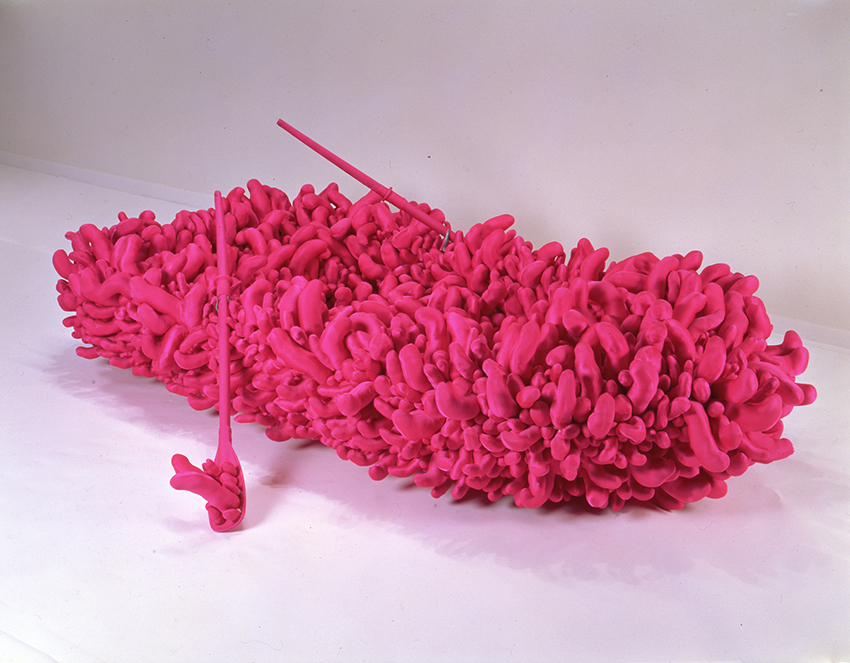 During the post-WWII rapid economic growth period, Japan continuously had national-scale events where internationalization was heavily promoted, and Japan today seems to be getting the momentum rolling again. In the contemporary art world too, there has been growing discussion of issues such as postcolonialism and multiculturalism, and the number of new venues for the presentation of art, in the form of biennials, art fairs, etc., has increased. The rise of Asian economies has been especially notable in recent years, spawning new art museums and markets in the region.
During the post-WWII rapid economic growth period, Japan continuously had national-scale events where internationalization was heavily promoted, and Japan today seems to be getting the momentum rolling again. In the contemporary art world too, there has been growing discussion of issues such as postcolonialism and multiculturalism, and the number of new venues for the presentation of art, in the form of biennials, art fairs, etc., has increased. The rise of Asian economies has been especially notable in recent years, spawning new art museums and markets in the region.
By Dimitris Lempesis
Photo: Mori Museum Archive
For the exhibition “STARS Six Contemporary Artists from Japan to the World”, Mori Art Museum has chosen six artists whose careers propelled them beyond the confines of Japan during this period, earning them high acclaim today around the world, and across generations, and will trace the journey of these artists from their earliest to the latest works. The exhibition explores how the practice of each artist has been evaluated in the global context, and touch upon these artists’ pursuit of universal issues transcending nationality and culture; traditions and aesthetics; technology and subculture, while keeping in mind aspects of social, cultural and economic background unique and particular to Japan. Devoting a space to each of the featured artists, the exhibition presents works from when the artist first achieved international recognition to more recent period, or even the newly-commissioned works. Also, the exhibition combines an emphasis on immersive large-scale installations and powerful video works, with archival displays – offering insight into the history of Japanese contemporary art and the careers of individual artists, stimulating the viewer’s senses and thirst for knowledge. The exhibition offers a close-up experience of the kind unique to contemporary art, made possible by the immediacy of the museum setting.
In 1957, Yayoi Kusama moved to the United States, where she began to exhibit and attract attention for her net paintings, which depicted mesh patterns across the entirety of their pictorial surfaces, and soft sculptures whose surfaces were covered with protuberances made of fabric. The sense of repetition seen in these works was influenced by the hallucinations and obsessions that have persisted since her youth, expressing a distinct quality that underlies all of Kusama’s work. During the late 1960s, she became the subject of some notoriety for her happenings that also included fashion shows and anti-war protests, going on to become an important fixture on the New York art scene. Even after returning to Japan in 1973, Kusama continued to be active. Since the 1990s, she has exhibited a large number of public artworks and large-scale installations, winning enormous popular acclaim for her pop colors and works featuring familiar motifs like pumpkins and flowers. In 1993, she represented Japan by exhibiting at the Japan Pavilion at the 45th Venice Biennale.
Born 1936 in South Gyeongsang, South Korea, Lee Ufan has been a resident of Japan since 1956. During Japan’s period of high economic growth, as criticism of modernity was mounting around the world, a sculptural movement that rejected the idea of production and presented objects and materials as they were was born – a movement that later came to be known as “Mono-ha.” In terms of this movement, Lee created artworks that were attuned to the mutual, reciprocal relationships between things. He also won an art criticism prize from Bijutsu Shuppan-Sha in 1969 for an essay called “From Object to Being.” Through his activities as a critic, Lee made a major contribution to how Mono-ha was theorized. Lee has also played a key role for exchanges between the Japanese and Korean contemporary art worlds. After participating in the Biennale de Paris in 1971, he started to exhibit his work in Europe, mainly Germany and France, and continues to do so to this day.
Born 1957 in Tokyo. Based on the concepts “it keeps changing,” “it connects with everything,” and “it continues forever,” Tatsuo Miyajima’s practice focuses mainly on installations and sculptures that use digital counters displaying changing numbers. In 1988, he exhibited a work called “Sea of Time” in the 43rd Venice Biennale, which was devoted to showcasing younger artists, attracting much international attention. He has held solo exhibitions at cities all around the world, including the Hayward Gallery, London, in 1997. Miyajima was chosen to represent Japan at the Japan Pavilion for the 48th Venice Biennale in 1999. Even as he tackles the universal notion of time in his work, Miyajima also integrates elements of Buddhist philosophy and technology, winning international acclaim.
Born 1962 in Tokyo. Takashi Murakami’s “Superflat” theory reimagines the sources of Japanese traditional painting and contemporary art through the visual logic and underpinnings of anime and manga. Murakami has created many characters that are reflections of otaku culture, such as “Miss Ko” and “Mr. DOB”, producing sculptures with a high kitsch factor and hyper-two-dimensional paintings that represent the polar opposite of Western perspective. His cultural theories, which are based on Japanese subculture, do not only dismantle hierarchies between high and low, but they offer a critical depiction of the postwar Japanese psychology, establishing a uniquely Japanese discourse in the context of globalizing art scene. His collaborations with Louis Vuitton and activities that have focused on street culture and contemporary ceramics continue to win him new audiences around the world that transcend the domain of contemporary art.
Born 1959 in Hirosaki, Aomori Prefecture, and currently lives in Tochigi Prefecture. Yoshitomo Nara works across different media, including drawings, paintings, and sculptures. His works, which frequently feature children as well as animal and plant motifs, bring apparently contradictory personalities – the familiar and the sacred, innocence and cruelty – into coexistence with each other, provoking the imagination of the viewer. While some interpretations of Nara’s works see them as embodiments of Japan’s kawaii culture, these unstable, powerless protagonists are proxies for those who exist on the margins and boundaries of society, as well as free, unfettered spirits who wish to escape the structures of power and authority. He is also known for his deep knowledge and love of music, and a style that transcends categories by creating connections between pop culture and contemporary art. Nara began his career as an artist in the late 1980s, before moving to Germany where he was based between 1988 and 2000.
Born 1948 in Tokyo. After moving to the United States to study photography in Los Angeles in 1970, Hiroshi Sugimoto settled in New York in 1974. He creates photographic works that have consistently been based on a clear concept since his early career, such as his “Diorama” series that shuttles between reality and fiction, “Portraits”, “Theater” series that deploys long exposures for the duration of an entire film, and his “Seascapes,” which depict horizons around the world. In 1977, his “Polar Bear” (1976) from the “Diorama” series was acquired by the Museum of Modern Art, New York, Sugimoto’s first piece to enter a public collection. His epic, grandiose worldview and sense of history have not limited themselves to either the medium of photography or the field of contemporary art. In recent years, his practice has straddled a wide range of artistic domains, including architecture, traditional Japanese art, and classical performing arts.
Featured Artists: Yayoi Kusama, Lee Ufan. Tatsuo Miyajima, Takashi Murakami, Yoshitomo Nara and Hiroshi Sugimoto
Info: Curators: Kataoka Mami, Kondo Kenichi, Tsubaki Reiko, Tokuyama Hirokazu, Kumakura Haruko and Yahagi Manabu, Mori Art Museum, 6-10-1 Roppongi Hills, Mori Tower 53F, Roppongi,Minato City, Tokyo, www.mori.art.museum
Mori Art Museum has been temporarily closed as per measures against the imminent spread and transmission of new coronavirus (COVID-19)
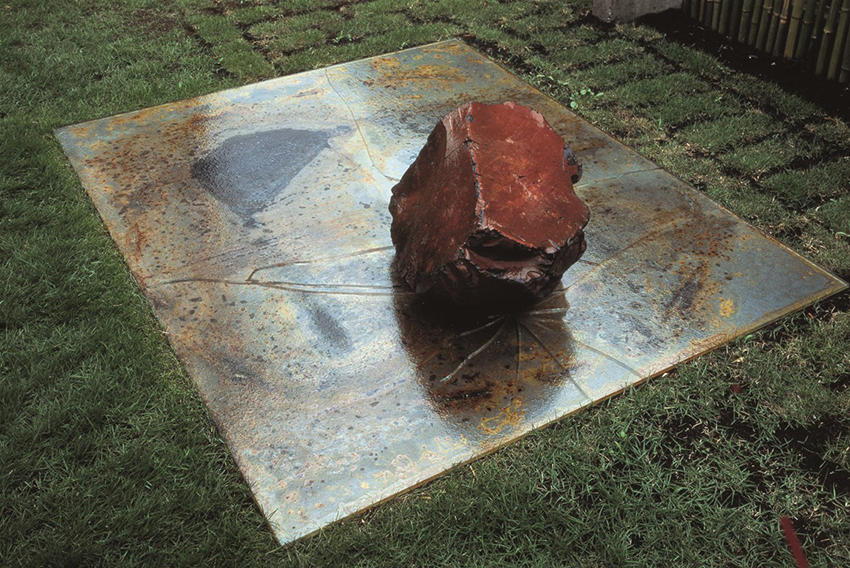
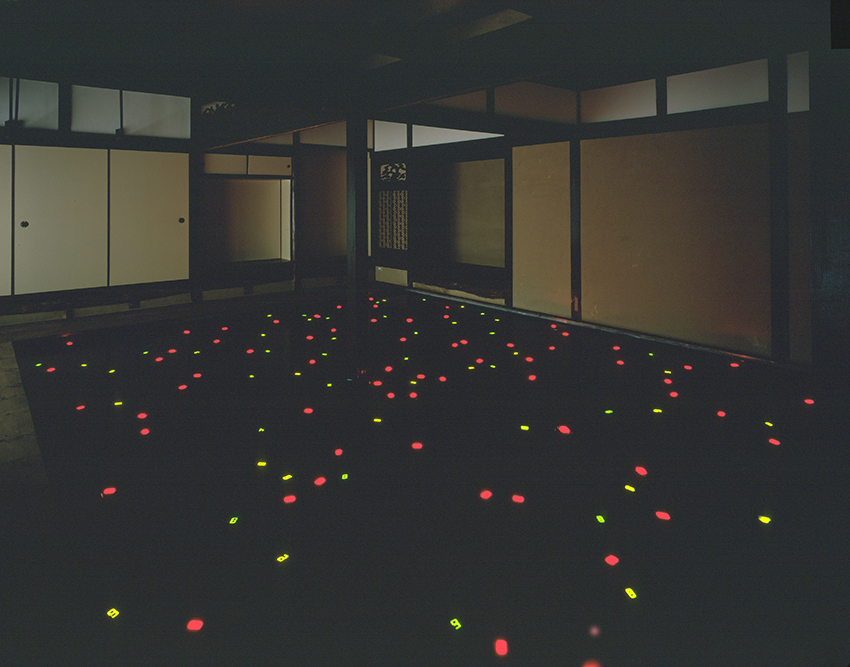
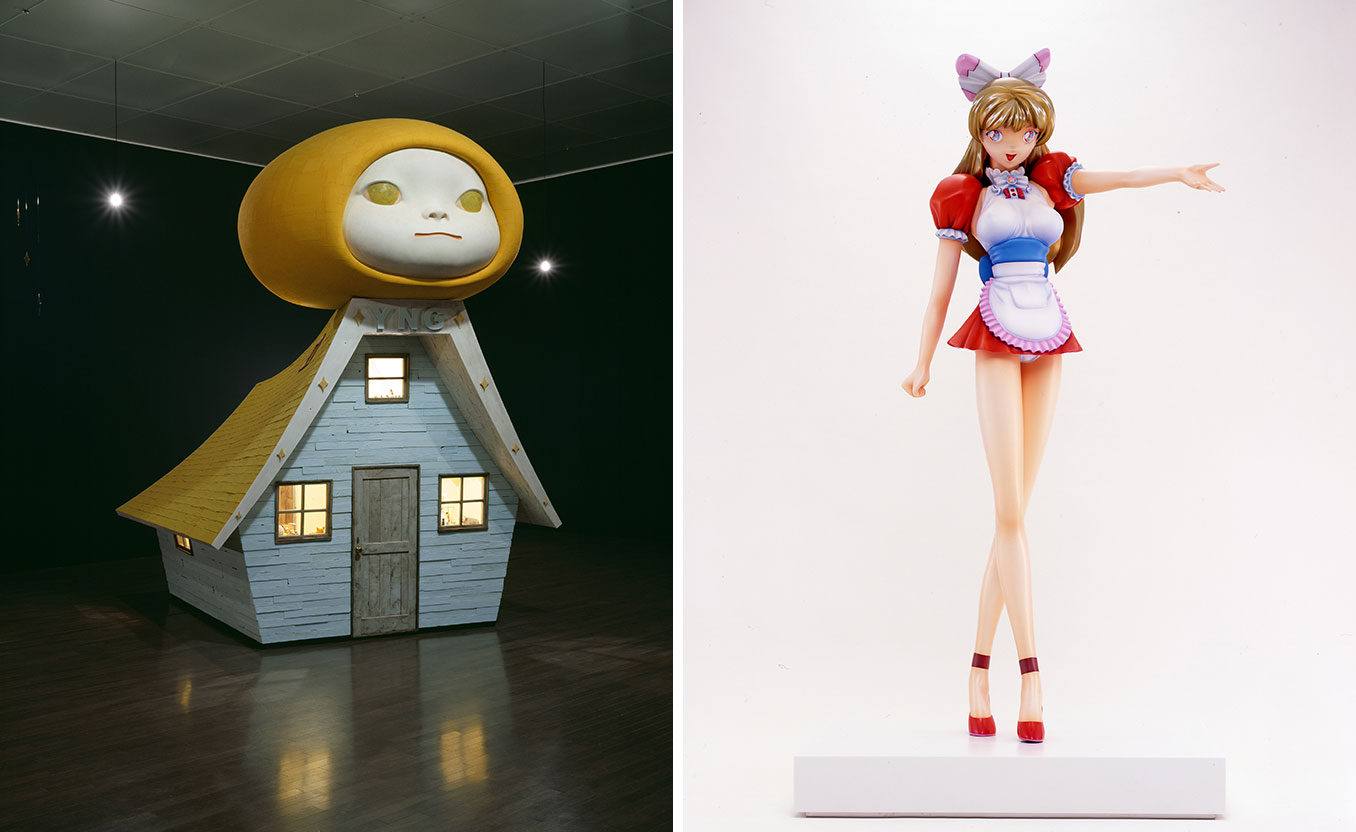
Right: Yoshitomo Nara, Voyage of the Moon (Resting Moon) / Voyage of the Moon, 2006, Mixed media , 476 x 354 x 495 cm, Cooperation provided by graf, Collection: 21st Century Museum of Contemporary Art, Kanazawa, Photo: Nakamichi Atsushi / Nacása & Partners
